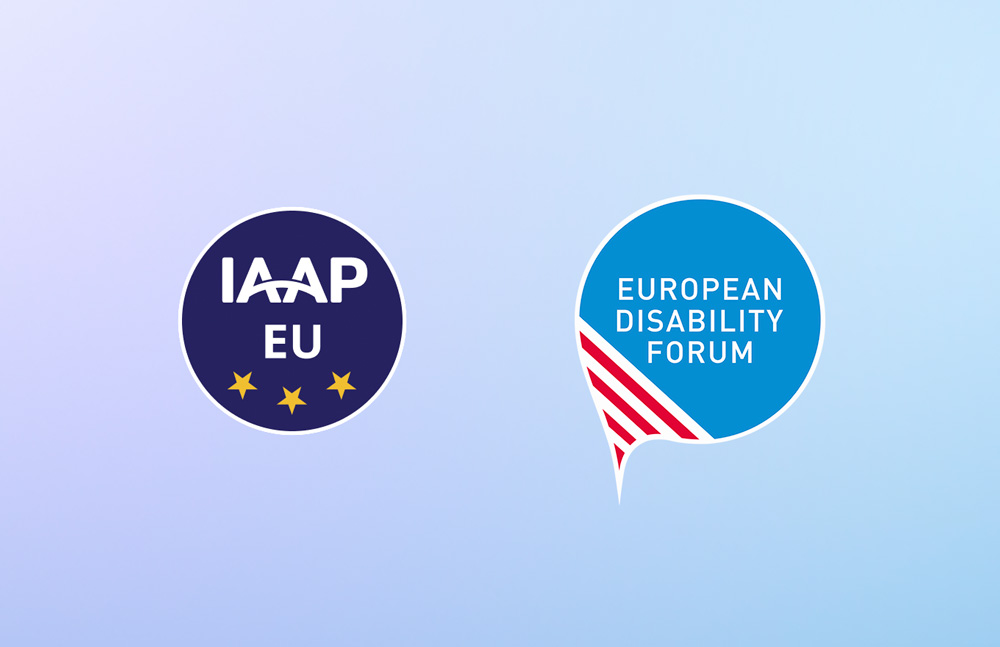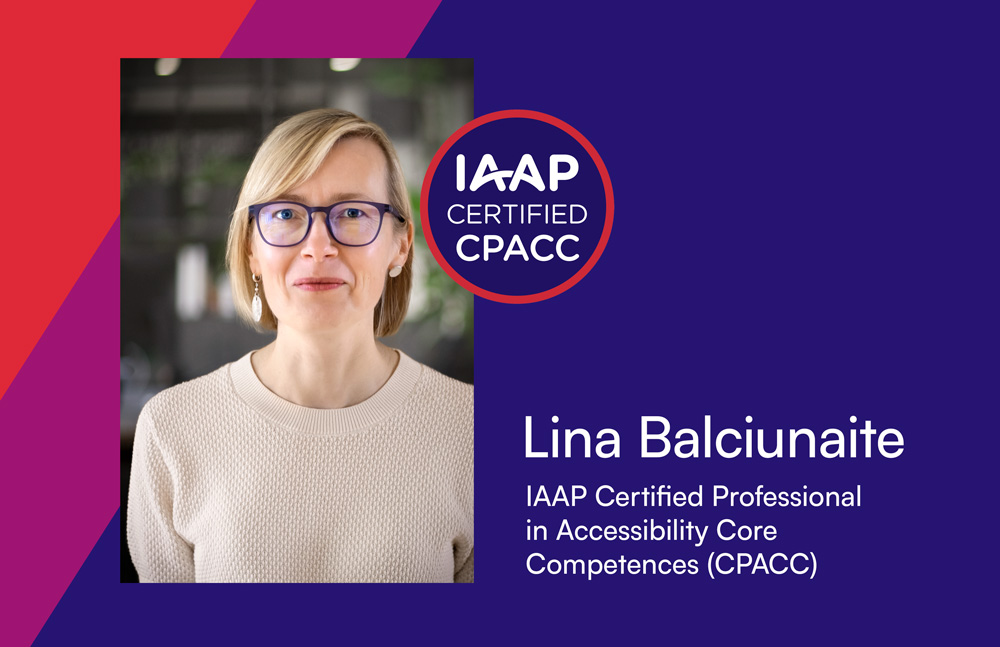A Comprehensive Guide to Accessible Website Creation: Best Practices and Tips

Creating an accessible website is an important step in the web design process. Not only does it ensure that everyone can access and enjoy your website, but it is also legally required in many cases. Accessible websites are designed with people of all abilities in mind, from those with vision impairments to those with motor disabilities.
By following best practices and tips for accessibility, you can create a website that is user-friendly, inclusive, and meets the needs of all users. In this blog post, we will discuss some best practices and tips for creating an accessible website.
Start with Accessibility in Mind
One of the most important things you can do when creating an accessible website is to start with accessibility in mind. This means considering accessibility at every stage of the design and development process, from choosing colors and fonts to selecting a content management system (CMS). When it comes to website creation platforms, there are a few that stand out for their focus on accessibility. We have written a post on top 5 CMS for accessibility describing their benefits and drawbacks. So be sure to check it out.
Use Clear and Descriptive Language
When creating content for your website, use clear and descriptive language that is easy to understand. Avoid using jargon or technical terms that may be unfamiliar to some users. Keep your sentences short and to the point, and break up longer paragraphs into smaller, more digestible chunks.
Abbreviations and Acronyms
Another important step is to provide extended forms of abbreviations and acronyms. Provide the full meaning of an abbreviation the first time it appears on a webpage. This means that if a user sees an abbreviation on a webpage, he can find out what it stands for by searching for the first time it is used on the page.
Link text
Link (or anchor) text refers to the text that is used to create a hyperlink to another web page or website. In terms of accessibility, it is important to ensure that link text is clear and descriptive so that users with disabilities can understand the purpose of the link without having to rely on surrounding content or context. Avoid using vague terms like "click here" or "read more", which do not provide any information about the link's destination.
Structure Your Content
Organize your content into logical sections and use headings and subheadings to make it easy to scan and navigate. Use bullet points and numbered lists to break up complex information. This makes your content easier to understand and helps users find the information they need quickly. For instance, you can break up a section about the features of a product into a list of bullet points highlighting each feature for quick reference.
Table of contents
Assistive technologies such as screen readers and Braille displays are capable of generating a table of contents for users with disabilities, but this relies on the proper use of heading tags in the HTML markup of the web page. If the content is not structured using appropriate heading tags, assistive technologies may not be able to generate an accurate or useful table of contents.
Therefore, it is still important for content creators to provide a well-structured table of contents in order to ensure accessibility for users with disabilities. This can be achieved by using proper heading tags (H1, H2, etc.) to structure the content, and providing clear and descriptive headings that accurately describe the content of each section.
In addition, a well-structured table of contents can improve the overall usability of a website or document for all users, not just those with disabilities. It can help users to easily locate specific content and understand the organization and hierarchy of the information presented.
Use Alternative Text for Images
Using alternative text (alt text) for images is crucial in making your website accessible to users who are blind or visually impaired. Alt text describes the content of the image and provides context for users who cannot see the image. Be sure to use descriptive and accurate alt text. Tips on how to do this can be found here.
Ensure Proper Color Contrast
Color contrast is an important consideration for users with visual impairments. Make sure there is enough contrast between text and background colors to ensure readability. Use tools like WebAIM’s Color Contrast Checker to check your color contrast.
Start by making sure that all text on your website is readable. Ensure that the text size and color contrast is legible and clear. For instance, use a font size of 16pt or larger and a color contrast of at least 4.5:1 for normal text and 3:1 for large text.
Alternatives for Multimedia
For users who are deaf or hard of hearing, providing captions and transcripts for multimedia content is crucial.
- Captions: Captions provide a written version of the audio content in a video or multimedia presentation. They are primarily used to make audio information accessible to individuals who are deaf or hard of hearing. Captions display the spoken words as text on the screen, allowing viewers to read along with the dialogue and understand the audio content.
- Transcripts: Transcripts, on the other hand, provide a written version of the entire content, including both audio and, if applicable, visual information. Transcripts are essentially a written document that represents the spoken words and any other relevant details in the content, such as descriptions of visuals, non-speech sounds, or background music.
Providing these alternatives for multimedia, makes your content accessible to all users, regardless of their abilities or disabilities.
Ensure Keyboard Accessibility
Some users are not able to use a mouse or touch screen, and instead rely on a keyboard to navigate websites. Ensure that your website is keyboard accessible by allowing users to navigate and interact with your website using only the keyboard. Use the tab key to move between links and form fields.
Beware of Keyboard Traps
Keyboard traps refer to a situation where a user is unable to navigate away from a particular part of a website or application using only their keyboard. This can happen when a user navigates to a section of the website that does not have any interactive elements, such as a text-only section, and there is no way for the user to move away from that section using the keyboard alone.
Keyboard traps can be frustrating and even cause some users to abandon a website or application. To avoid keyboard traps, web developers should ensure that all interactive elements on the website, such as links, buttons, and form fields, can be accessed and used using only the keyboard. Developers can also use tools like screen readers and keyboard testing tools to ensure that their websites are accessible and do not contain any keyboard traps.
Make Navigation Easier
Use clear and concise language for your website's navigation links. Include labels that accurately describe the content of each page. Make sure links are visible and easily clickable.
Multiple ways to access the content
It is beneficial to provide users with multiple ways to access different pages or information on the website. As an example, you can use a breadcrumb navigation technique that shows users where they are in the website structure and helps them easily jump back to a previous page. You can also include a search function to quickly locate desired content. Other useful features are sitemaps, helpful links and FAQs in footer section, etc.
Conclusion
Creating an accessible website is not only the right thing to do, it’s also good for business. By making your website accessible to all users, you increase your reach and improve user experience. By following these best practices and tips for accessibility, you can create a website that is inclusive and meets the needs of all users. Remember, accessibility is not a one-time task – it’s an ongoing process that requires constant attention and refinement.
June / Karlove offers accessibility compliance, accessibility knowledge and culture, and accessible design and development services.
Schedule a discovery call to learn how to guarantee your company's digital products are accessible to individuals with disabilities.
Newsletter subscription
Twice a month we send insights, event updates, and valuable resources on best accessibility practices in Lithuania, the Baltics, and the EU market. Subscribe to get the latest knowledge and stay informed.




